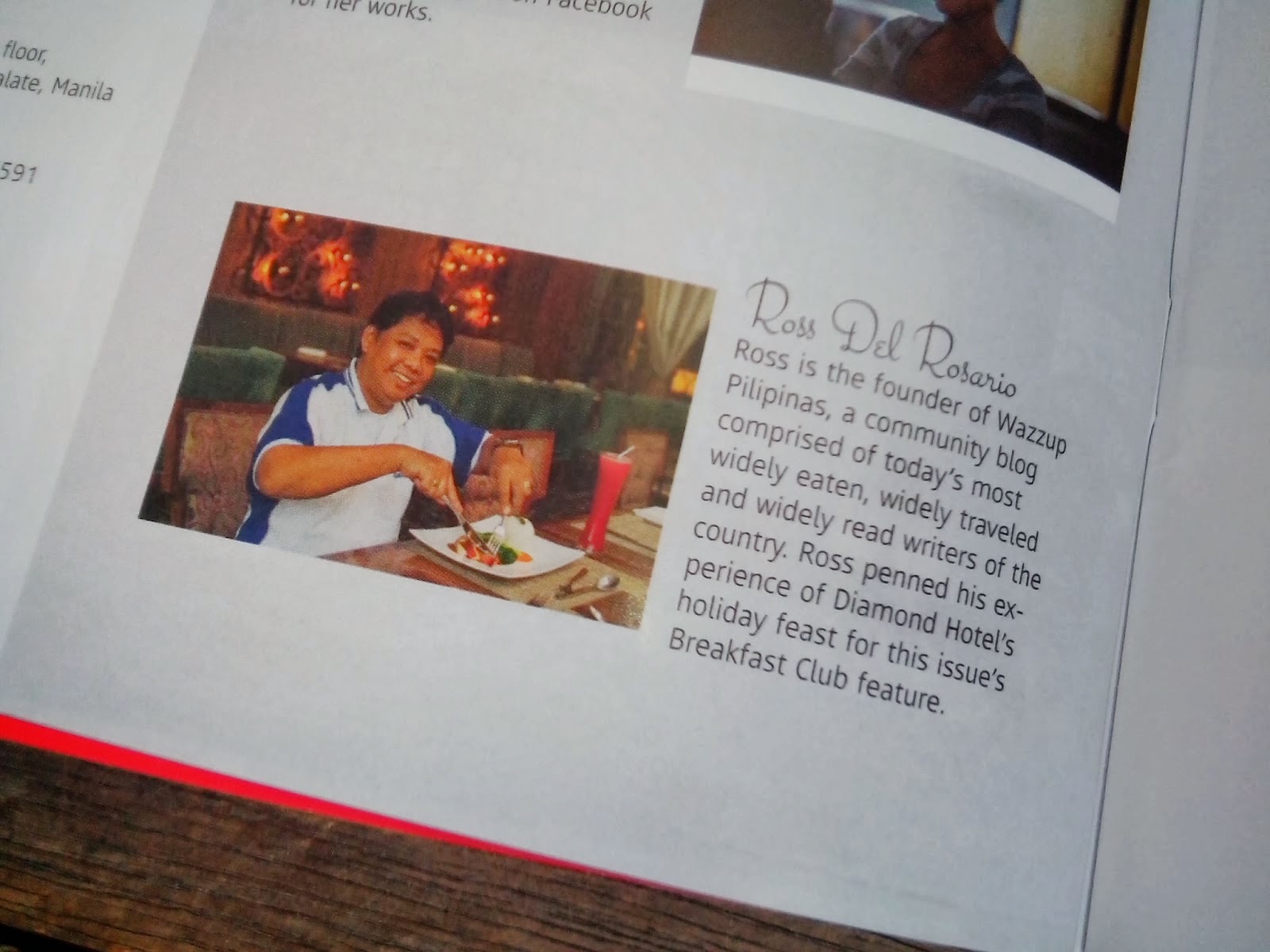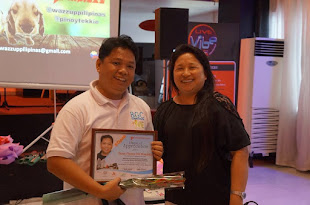Bitcoin, as the largest cryptocurrency, continues to attract the interest of investors from various circles. One of the interesting aspects of Bitcoin is the futures market which allows traders to speculate on the price of Bitcoin without needing to buy or sell physical coins.
This article will discuss the increase in Bitcoin open interest along with an analysis of the Bitcoin futures market. Read to the end to understand the entire explanation.
Bitcoin Futures Market Analysis
Recent analysis suggests that the Bitcoin futures market may be heading into its second bullish phase. Data from CryptoQuant shows increased leverage in the BTC USDT futures market, which could be an indication of potential significant price movements.
Ki Young Ju, CEO of CryptoQuant, analyzed two important metrics: the ratio of BTC-USDT open interest to reserves and the ratio of BTC-USDT open interest to USDT market capitalization. These two metrics indicate a significant increase in leverage in the Bitcoin futures market.
Increased Open Interest
Bitcoin (BTC) open interest reached a staggering $19.8 billion at 574,680 BTC on October 15. Data from CryptoQuant reflects a significant increase in demand for the largest cryptocurrencies, indicating how much new money has entered the digital asset market in recent months.
The funding rate has surged to the highest level since August, indicating that most of those open positions are long positions expecting further appreciation.
While an increase in open interest is usually a positive indication for Bitcoin price action, some market observers have expressed concerns that increased volatility could be threatened.
The highly leveraged nature of the futures market will eventually pave the way for large-scale liquidations if and when sudden price swings occur.
According to data from Glassnode, a large number of Bitcoin futures contracts are cash-margined and not crypto-margined, meaning they are collateralized by US dollars or dollar-pegged stablecoins and not the cryptocurrency itself.
Bitcoin Price Increase Potential
At the moment, Bitcoin price in the Bitrue futures market it was at $67,764 with an increase of 0.78%. Previously, within 24 hours, Bitcoin reached its highest price in the futures market at $68,353.
It can be seen from the BTC price chart excerpt above that the RSI value is 63, which means a trend to buy Bitcoins is much more dominant than the selling trend. However, this dominance is still within reasonable limits, not overbought.
The MACD line appears to have a downward trend, but the position of the line which is still above the threshold indicates that the BTC position is currently strong in its bullish possibility.
An increase in open interest can be a positive indication of Bitcoin's potential price increase. However, keep in mind that the crypto market is highly volatile, and factors such as changes in regulatory policies and technological developments can affect the price of Bitcoin.
Risks to be Aware of
The crypto market is known for its high volatility, so the price of Bitcoin can experience sharp fluctuations. Changes in regulatory policies can also affect Bitcoin prices.
Using leverage can increase potential profits, but also increases the risk of loss. Apart from that, Bitcoin also faces competition from other cryptocurrencies.
Conclusion
The increase in Bitcoin open interest shows the high interest of investors in the futures market. However, keep in mind that high open interest can also increase the risk of volatility. If the market moves against a trader's position, massive liquidations can occur.
For those of you who are interested in investing in Bitcoin in the futures market, do not immediately invest without studying current market conditions. Do your own research (DYOR) by knowing price statistics, price conversions from BTC to USD, and how the project is progressing. Knowing the fundamentals of a token is also very good for knowing where you stand as an investor.

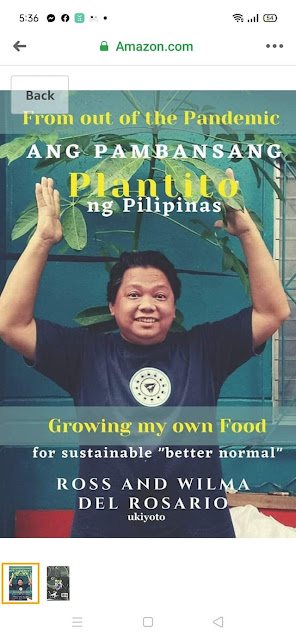









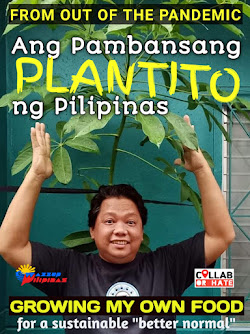




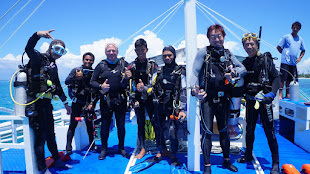
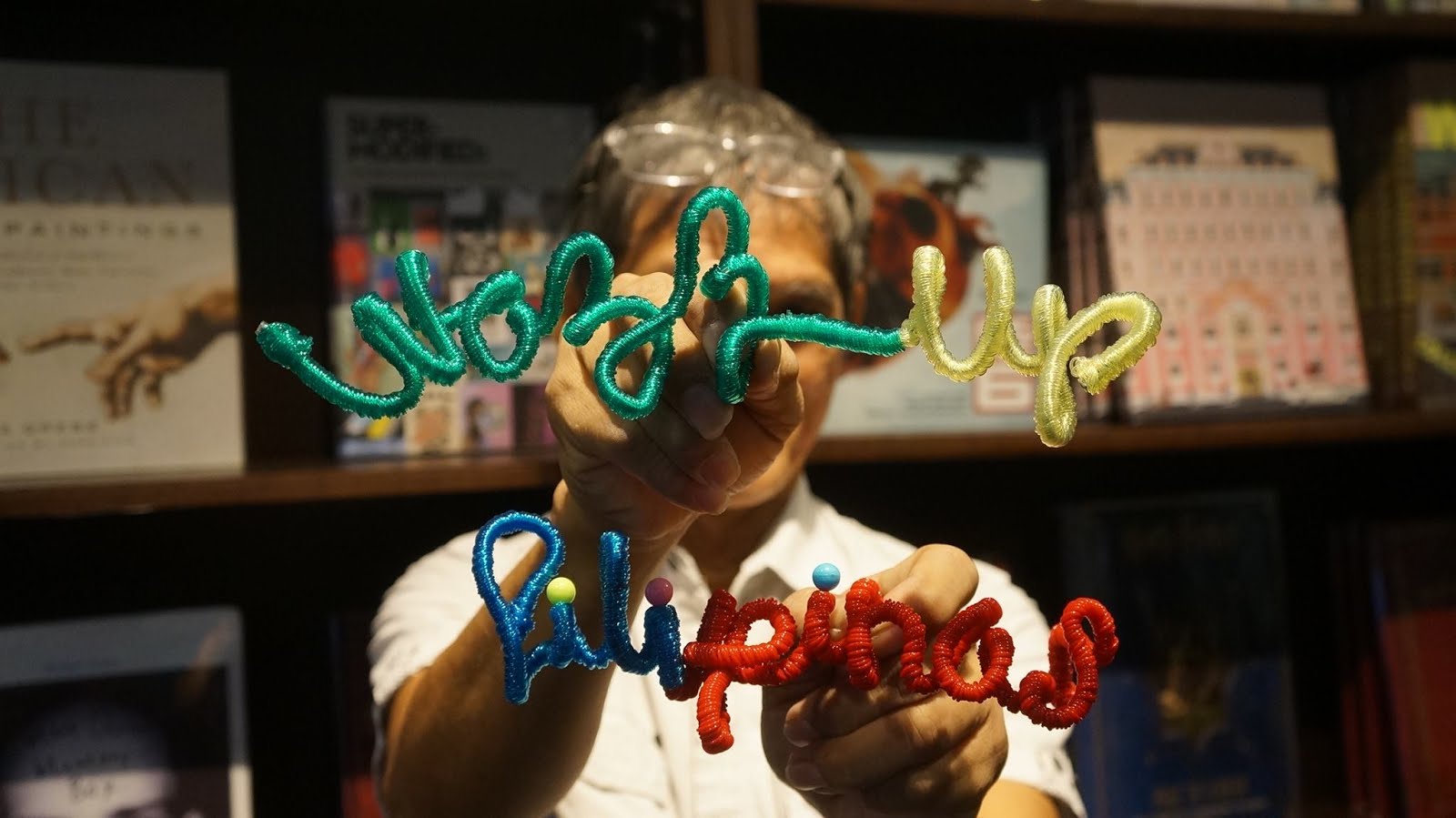
 Ross is known as the Pambansang Blogger ng Pilipinas - An Information and Communication Technology (ICT) Professional by profession and a Social Media Evangelist by heart.
Ross is known as the Pambansang Blogger ng Pilipinas - An Information and Communication Technology (ICT) Professional by profession and a Social Media Evangelist by heart.
